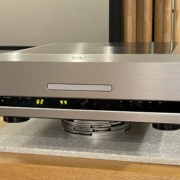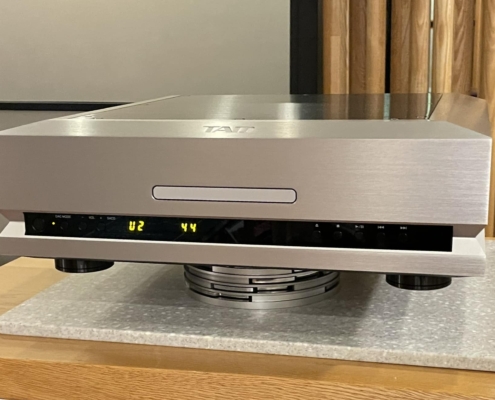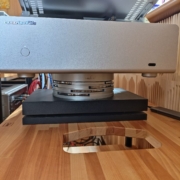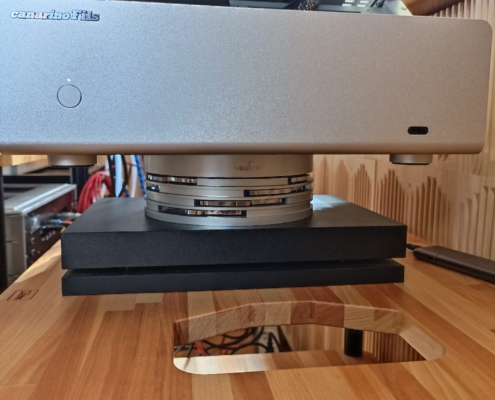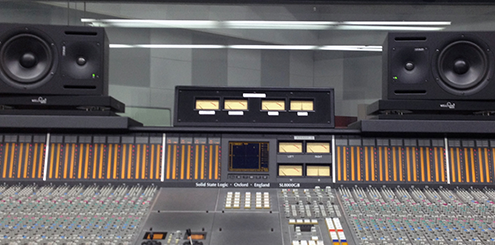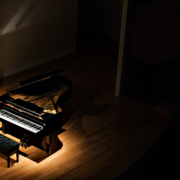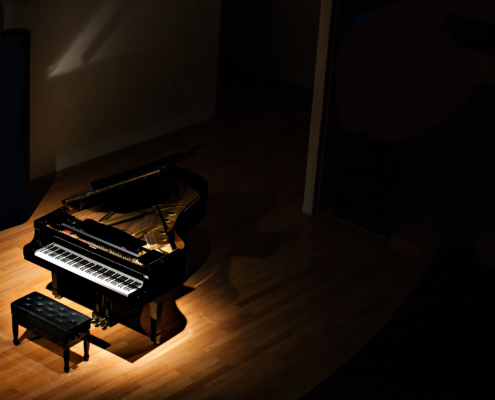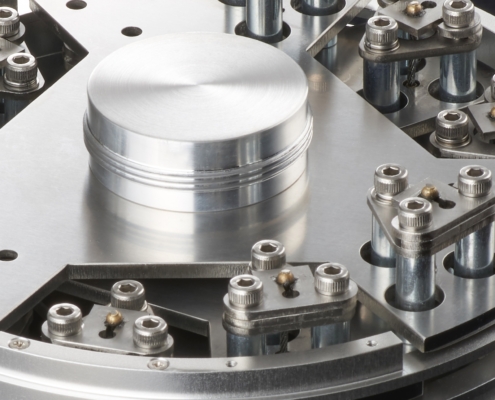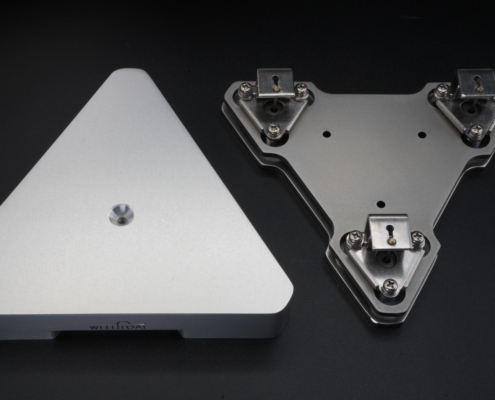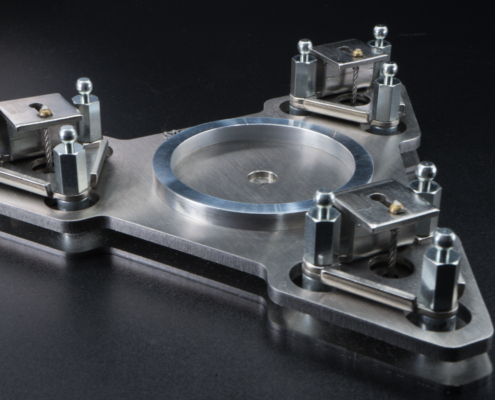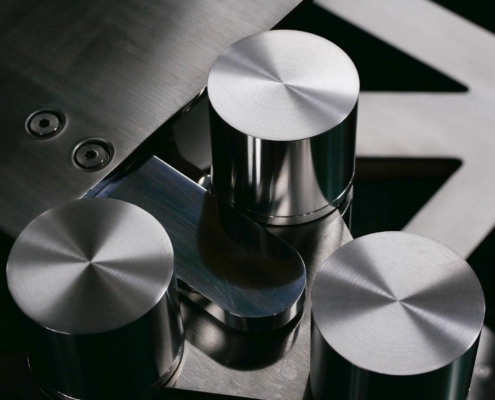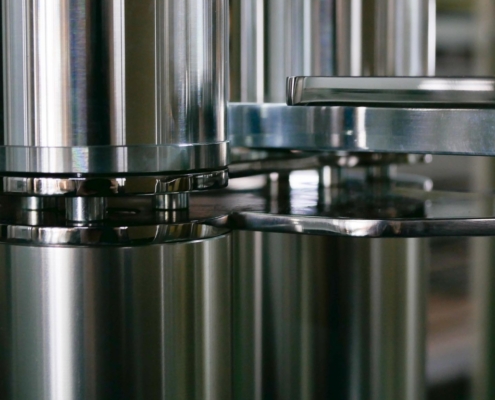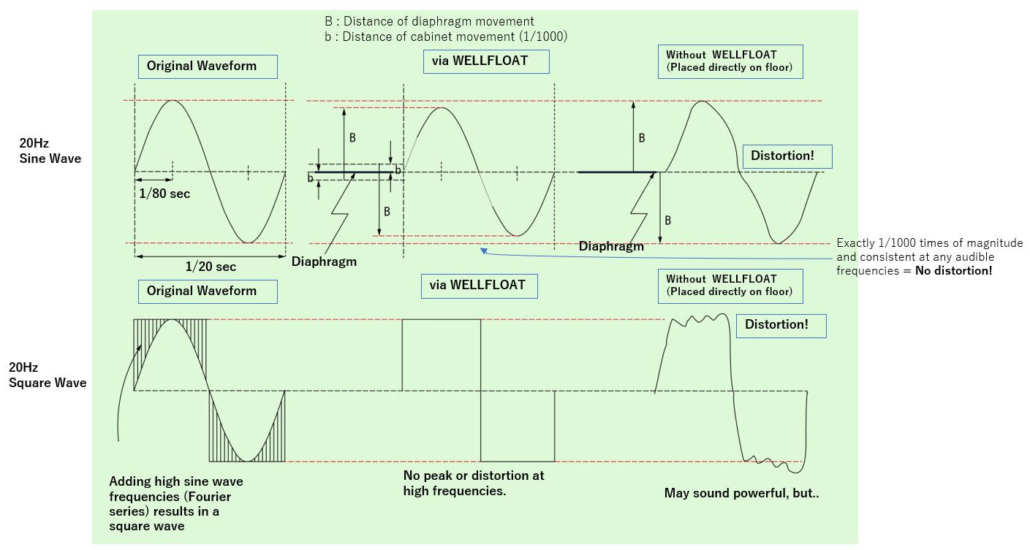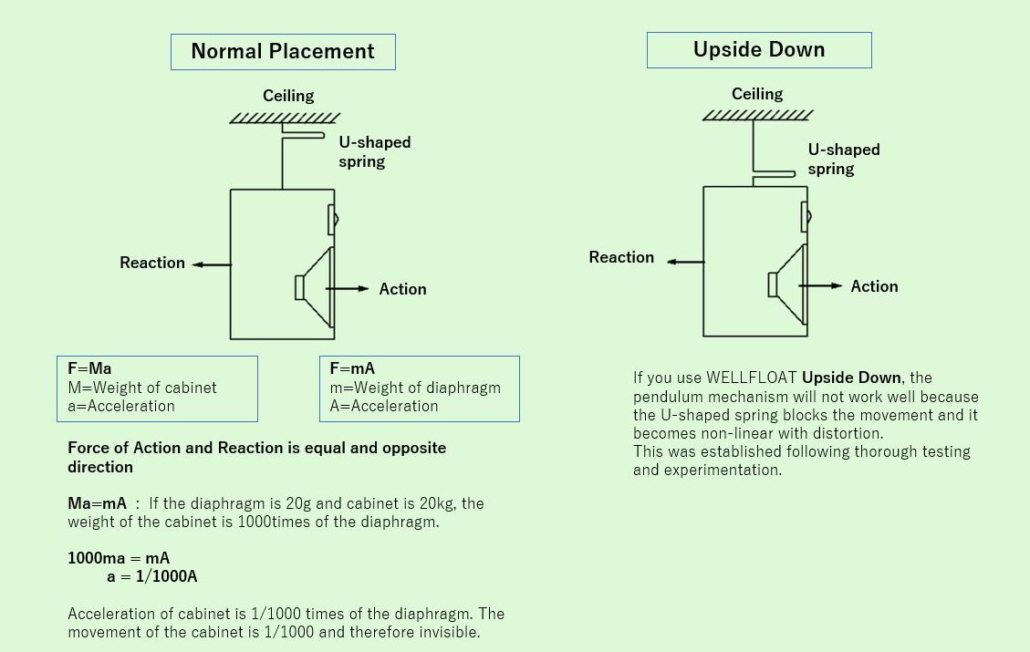1. Sound Improvement
When you add WELLFLOAT to your loudspeakers, you should be able to recognise a new and previously unheard beauty of sound. This experience will make you realise that it was previously masked by distortion and the true musical performance was there but hidden. No other products in this category have ever been able to demonstrate such a clear difference.
WELLFLOAT gives a much clearer focus on the sound stage by reducing distortion. The impact on the bass frequency may sound different depending on the size of your speakers. For smaller speakers with WELLFLOAT, you can hear more bass as the loss of energy is minimal. For larger speakers, the bass volume will become tighter and more controlled, so you can hear what the true performance of the speakers is. We hope you experience this.
We have a very good and reproducible example. The Canadian pianist, Glenn Gould, was very famous for playing Bach. His piano seemed to have been specially tuned. On his CD, “The Well-Tempered Clavier, Book I”, when played on normal Hi-Fi systems there appears to be no difference between all the pieces.
However, introduce WELLFLOAT underneath the speakers, and carefully listen to some pieces again. Prelude No.1 in C Major has third and fifth chord and you should be able to recognise a “beat” due to interference of the frequencies, this doesn’t happen in Prelude No. 8 in E-Flat Minor where all the notes are beautifully reproduced without any beat. Then compare to other recordings of this piece, such as by Mieczysław Horszowski or Valery Afanassiev. Interestingly, the result is completely the opposite and Prelude No. 1 in C Major doesn’t have a beat and Prelude No. 8 in E-Flat Minor has lots of beats.
With WELLFLOAT, you cannot stop yourself playing all the versions in your library to check!

